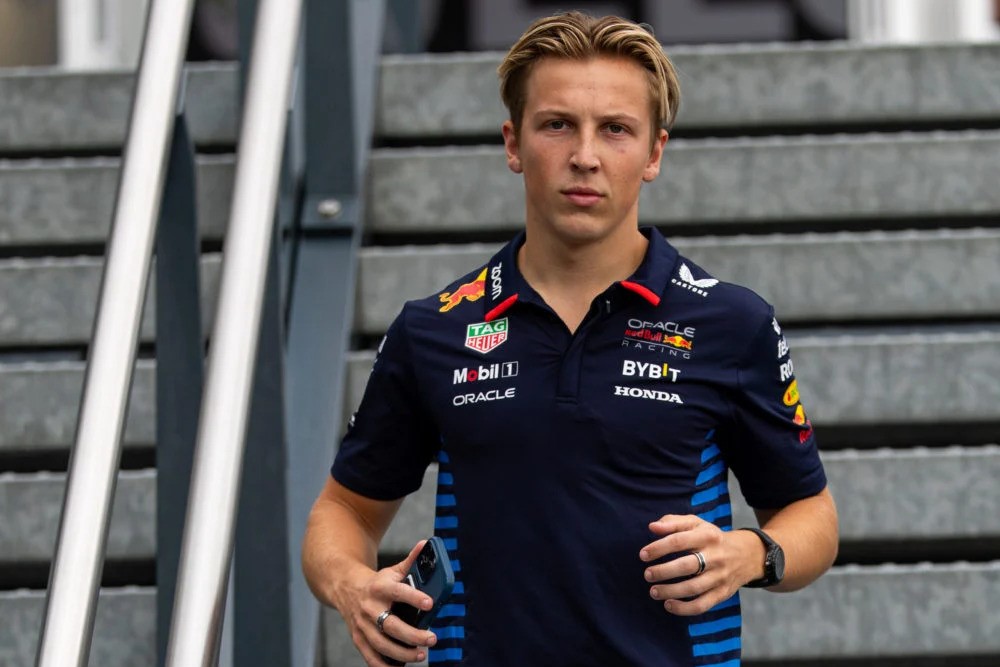Mercedes believes a fundamental flaw in the design of their W15 car is the primary cause of its poor performance in high-speed corners.
The struggles of the Mercedes W15 in Saudi Arabia’s qualifying and race trim, according to trackside engineering director Andrew Shovlin, indicate that “something more fundamental” has to be fixed, and they are preparing “experiments” to accomplish that.
Mercedes’ season has not gone well so far as the team drivers struggled to keep up with their rivals through the fast corners last weekend at the Jeddah Corniche Circuit.
George Russell’s P5 at the Bahrain season-opener was their highest finish in the first two rounds; his finish in Saudi Arabia was P6, while Lewis Hamilton’s best finish was P9.
This comes after Mercedes acknowledged that their original “zeropod” idea was a mistake and went back to the drawing board for its 2024 F1 challenger in an attempt to at least uncover the secrets for a title challenge in the ground effect era of Formula 1.
Speaking during Mercedes’ post-Saudi Arabian Grand Prix debrief, Shovlin recounted how Russell and Hamilton’s W15 setup changed throughout the course of the race weekend. When asked what lessons they learned from this, Shovlin responded that “something more fundamental” than a poorly tuned spring is the cause of their performance issues.
“It’s quite rare that we run the two cars identically,” said Shovlin. “We actually started fairly similar. So, the balance wouldn’t have been too different through the speed range.
“The drivers then gave us their feedback after the FP1 session. And at that point they then went off in different directions. Now some of that was they’d complained about bouncing.
“So, we were looking at ways of trying to improve that. You can play with ride heights, you can play with stiffness and that all seems effective.
“And also they were just trying to tune the balance through the speed range. So what’s the car like in the low speed? What’s it like in the high speed? Now the balance that we had in that session probably wasn’t as good as FP1.
“And from there on, we started to converge back in the general direction of where we came from arriving there.
“But the learning of it is just that when you change things you can see the differences. So one car making changes, you can see how it performs run to run.
“We can also look at the global performance of the two cars but fundamentally the limitations that we had in qualifying and the race, they were broadly the same for both.
“So it’s telling you it’s not a small difference, it’s not a tiny bit of camber or a spring or bar here and there. It’s something more fundamental that we need to dig into and understand.”
He also thinks that rivals were gaining “about three or fourth tenths” of a second on Lewis Hamilton and George Russell through the fast corners per lap. But the team isn’t willing to take a chance on losing the car’s strengths in order to fix its primary drawback.
“We were actually one of the fastest cars, if not the fastest car, in a straight line,” said Shovlin. “So we’re on quite a light wing level and what we could do is slow ourselves down in sector two and three to try and recover a bit of that time in sector one.
“But ideally we’d like to keep that and work out a way to try and improve sector one by means other than just putting a load more downforce on the car and then paying the price for it on the straight.”
Formula 1 will have its first in-season free weekend before returning to action for the Australian Grand Prix. Shovlin has revealed that the aerodynamics and vehicle dynamics departments have scheduled some “experiments” in an attempt to get more performance out of the W15.
Asked if Mercedes’ analysis from Jeddah can be integrated into their Australian Grand Prix preparations, Shovlin replied: “Yeah. There’s definitely data that we’re picking through from Jeddah. We’re also looking at data from the Bahrain race, Bahrain test and we will come up with a plan for how we approach free practice in Melbourne.
“But it’s not just based on what we did in Jeddah. There’s a lot of work going on within aerodynamics department, vehicle dynamics department.
“We’re trying to design some experiments there that will hopefully give us a direction that’s good for performance.”





